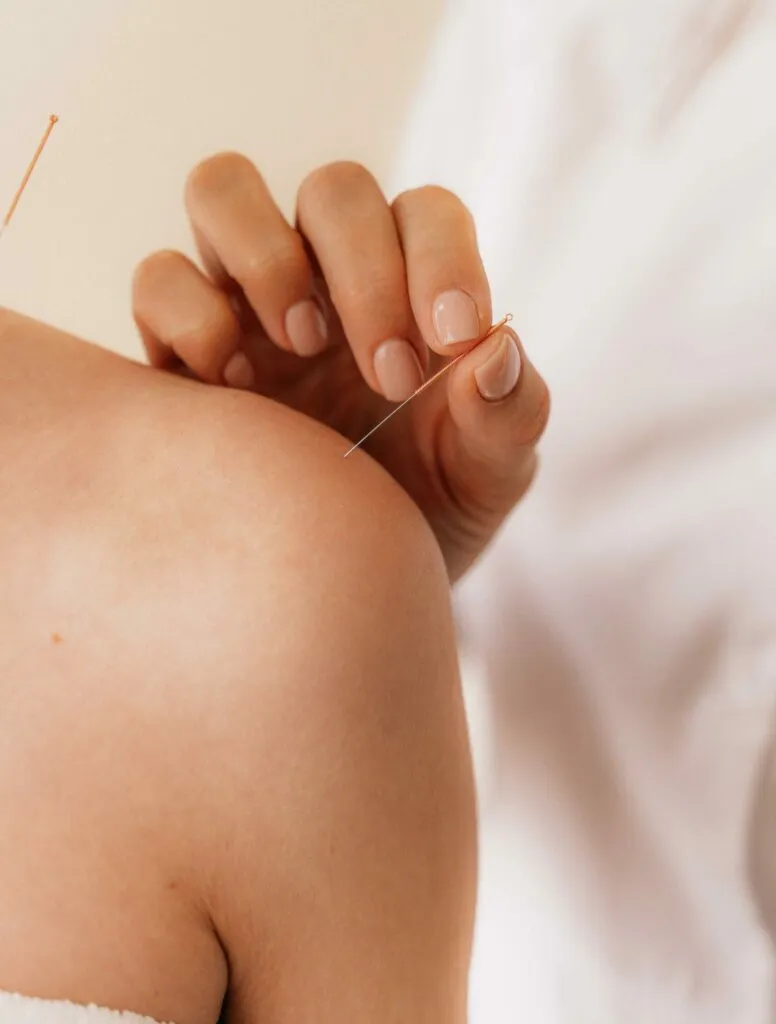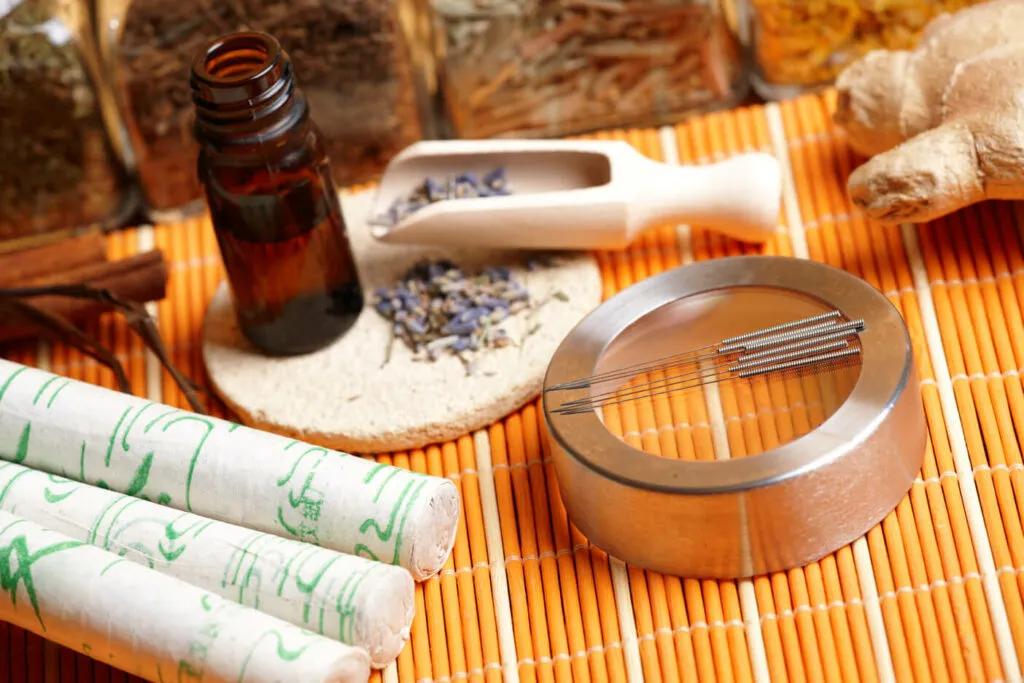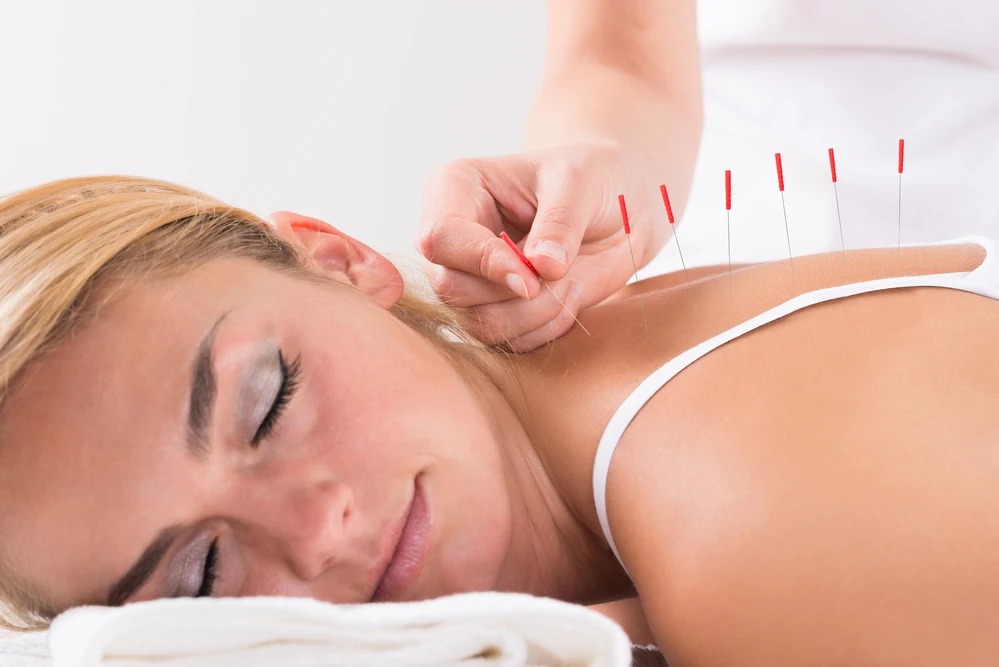What is Acupuncture?
Acupuncture is a technique in which practitioners stimulate specific points on the body—most often by inserting thin needles through the skin. It is one of the practices used in traditional Chinese medicine.

A needle you will hardly notice


How does it work?
Researchers don’t completely understand how acupuncture works however there are a few theories.
- Acupuncture needles are placed on specific meridian points that increase the flow of Qi.
- Acupuncture stimulates the nervous system to reduce pain and promote healing.
Got a Question?
Is acupuncture painful?
Acupuncture is generally not considered painful. Some people feel a slight pinch upon needle insertion, while others feel nothing at all. Any discomfort is usually temporary, and treatments are often described as relaxing.
Is acupuncture safe?
When performed by a properly trained and licensed practitioner, acupuncture is generally considered safe. Some people may experience mild side effects, such as soreness, light bleeding, or bruising at the needle sites, but these are typically short-lived.
What can acupuncture treat?
Acupuncture is used to treat a wide range of conditions. According to the World Health Organization, it may be effective for treating over 40 conditions including headaches, chronic pain, arthritis, and digestive disorders. It's also often used for stress management and overall wellness.
How many sessions will I need?
The number of sessions needed will depend on your individual condition and overall health. Some people may experience relief after one session, while others may need multiple sessions over a period of weeks or months. Your acupuncturist will work with you to develop a treatment plan that suits your needs.
How to prepare for a session
Prior to your session, try to eat a light meal or snack and avoid consuming alcohol or caffeine. Wear loose, comfortable clothing that will allow the acupuncturist to access various points on your body.
What needles are used?
Acupuncture needles are at least as thin as hypodermic needles (or thinner), but they are not hollow. New needles in sterile packaging are used for every patient. The needles can be made of several types of metal.
